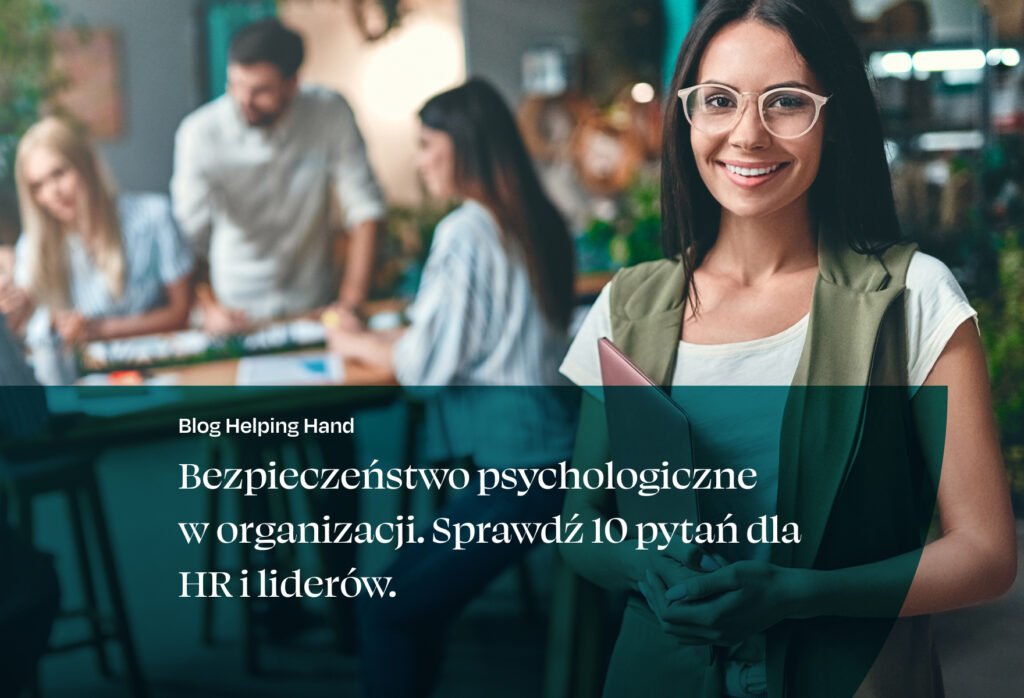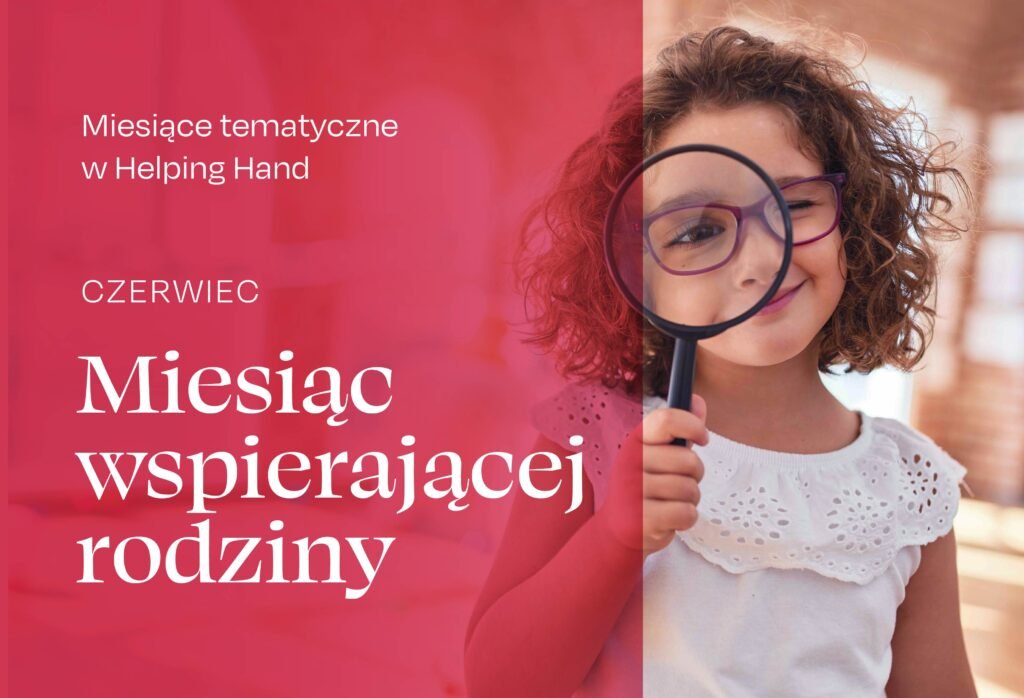Although maternity leave still comes to our mind immediately when we think of „parenting leave”, we cannot forget about those kinds of leave to which fathers are entitled. They include paternity leave (pl. urlop ojcowski), but also other rights shared with the mothers of their children.
Types of parenting leave
Parenthood gives plenty of different kinds of rights – e.g. protection of employees with children, financial benefits and allowances as well as leaves. The latter include:
- Maternity leave (pl. urlop macierzyński)– a mom has to use at least 14 weeks of her leave if she wants to come back to work, while the other weeks she is entitled to can be taken by the father of her baby. This part of maternity leave is what is commonly called in Polish „urlop tacierzyński” – its duration is dependent on the duration of maternity leave the mother is entitled to;
- Parental leave (pl. urlop rodzicielski) – it can be used in plenty of ways: entirely by one of the parents, by both of them at the same time or alternately by either of the parents. It lasts 32 weeks when one baby is born or 34 weeks when parents welcome to this world more than one child. Regardless of how it is used, the duration of the parts used by both parents cannot be summed up. It is the total amount of time for both parents.
- upbringing leave (pl. urlop wychowawczy) – it takes no more than 36 months, including one month to be taken obligatorily by the other parent (e.g. Mom uses most of the leave and spends 35 months with her baby, while Dad takes care of his baby for one month);
- Paternity leave (pl. urlop ojcowski) – this is the father’s right, independent from the mother’s leave (it also applies when the mother is not employed and cannot take any leave after the birth of her baby). It takes two weeks which can be used in one or two parts (with neither of them being shorter than one week) until the child reaches 24 months of age;
- Adoption leave (pl. urlop adopcyjny) – equivalent of maternity leave.
Art. 88 of the Labour Code also refers to 16 hours or two days of child care leave for parents of children younger than 14 years old. The duration of this leave does not increase when a couple has more than one child, it can be used by only one parent (at the beginning of the year it is decided who and to which extent will benefit from it). The childbirth also results in a special leave – two days off from work.
Changes in the Labour Code
EU directives on the so-called work-life balance call for changes in the Polish legislation. Amendments of the Labour Code will refer i.a. to parental leave. Paternity leave has to be related to childbirth. Hence, fathers will have to use it within 12 months following the birth of their babies. Parental leave will also be longer – 41 weeks for one baby born into this world and 43 weeks for more than one child. Either parent will be entitled to nine weeks (e.g. mom will not be able to be on her leave for 41 weeks, dad will have to spend nine weeks with the baby). If the other parent does not use their leave, nine weeks will be lost.
Dad on his leave
According to the Ministry of Family and Social Policies fathers exercise their rights – by the end of April 2022 56.2 thousand fathers collecting the paternity leave benefit were recorded. The survey called “Tata 2022. Raport z badania polskich ojców”, [Dad 2022. Poll among Polish fathers] shows that more than 50% of the fathers (61.9 %) of children born since 2010 have used their paternity leave. And what about those who have not done it? We can read in the report that those who did not take their leave didn’t do it because there was no such a need at home (31.1 %), they did not have this opportunity due to their employment conditions or professional duties (22.9%) or simply wanted to work (17.4%). As for parental leave, some fathers were not interested in it, because mothers wanted to use all of it (64%).
The Social Security Institution’s data confirm it – in 2021 fathers made up only 1% of the parents benefitting from parental leave. Those statistics can change as a result of entry into force of the new regulations on parental leave. And it would be great if they changed – a full-time dad benefits the entire family.
Why is a father at home a good idea?
Fathers on leave do not only support their female partners. They also profit from a range of benefits themselves and they bring plenty of them to their children. Dad’s presence and involvement impacts the development of any baby and allows the two to build a unique bond.
Although many fathers lacked good role models (when they were kids, their fathers were absent and focused mostly on providing for their families), the report developed by Dajemy Dzieciom Siłę Foundation shows that awareness is increasing among Polish dads who want to be involved in the upbringing of their kids and in the development of the relationship with their mothers. The presence during the labour and symbolic umbilical cord cutting is not all. Dad does not „help” – he is actively involved in taking care of his baby.
Which role does the father play in his child’s life? Let’s not focus on providing and satisfying the material needs. Dad offers sense of security, enhances self-confidence in his child and helps them open up to other people, shares with them his experience, practical wisdom, supports the development of healthy manhood models (a man can be emotional and does not become less manly while changing his baby’s diapers). Time spent with Dad is very different from what Mom has to offer: though both parents are on the same team, they can show the same things with different gestures or words. Male boundaries are also different than female ones – fathers are not less sensitive, but sometimes they happen to be more consistent in their actions.
We cannot forget about male parents as the time spent with kids benefit not only them but also their children. It is not only about building bonds. It is also the sense of satisfaction experienced while taking care of the baby, standing up to new challenges, letting themselves express their emotions and denying stereotypes. Time spent together allows both Dad and his child get to know each other and open up to each other’s needs. It is very difficult for old school men – all those absent fathers.
An employed mom is not the only parent
Employers should also change the way they perceive parenthood. Women should not be the only ones to be associated with child care leave or other kinds of leave. Equal opportunity environments should support both mothers and fathers and show that women and men can concentrate to the same extent on their careers and on the upbringing of their kids – depending on their needs without any social stigmas. Employers should not expect that moms will be the only ones to stay at home to take care of their children. They should not be surprised with fathers doing it. Most of the approach-changing job is to be done by employees themselves, yet a supporting employer makes parenthood-related decisions much easier.
Sources:
- Labour Code of 26 June 1974
- The Ministry of Family and Social Policies, Parenthood rights and privileges https://www.gov.pl/web/rodzina/uprawnienia-zwiazane-z-rodzicielstwem [as of 03.2023]
- The Ministry of Family and Social Policies, What kind of rights does Dad have? Go to https://www.gov.pl/web/rodzina/jakie-prawa-ma-tata-sprawdz [as of03.2023]
- Włodarczyk, J. (2022). Tata 2022. Raport z badania polskich ojcó Fundacja Dajemy Dzieciom Siłę https://fdds.pl/o-fundacji/co-nowego-w-fundacji/co-mysli-i-czuje-wspolczesny-ojciec-nowy-raport-fundacji-dajemy-dzieciom-sile.html
- https://www.sejm.gov.pl/Sejm9.nsf/druk.xsp?nr=2998




